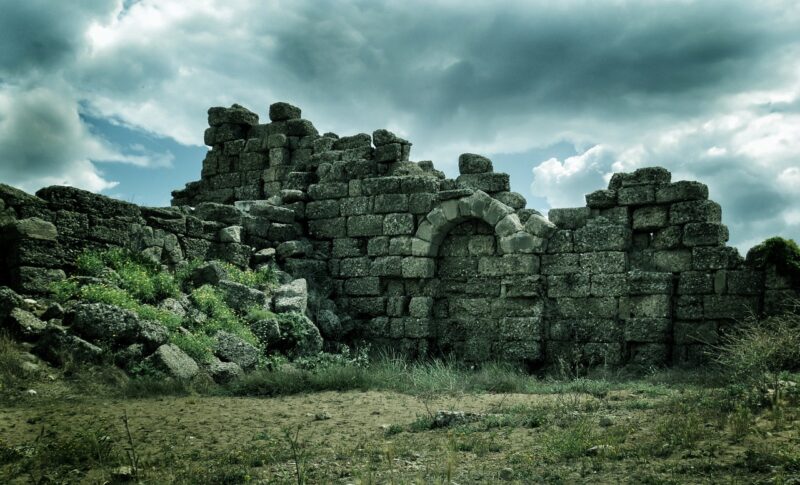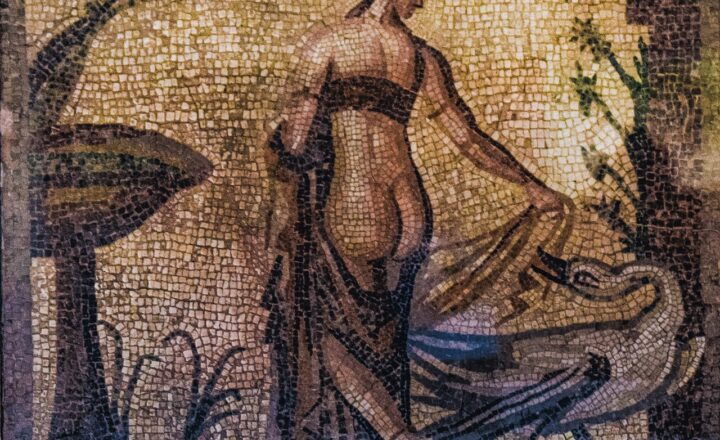
The allure of ancient cities lies not only in their age but also in the deep-rooted stories woven through their very fabric. Each cobblestone path and ancient structure is a silent witness to the passage of time and the multitude of cultures that have thrived within their walls. In this article, we will explore some of the oldest cities across the globe, uncovering the rich history, vibrant cultures, and enduring legacy that they embody.
1. The Significance of Old Cities
Old cities serve as fascinating windows into humanity’s past. They are living museums that tell tales of ancient civilizations, their triumphs and struggles, their arts and sciences, and the daily lives of their inhabitants. Visiting these cities is not merely an exploration of bricks and mortar; it’s about connecting with the narratives that have shaped our world today.
Understanding the importance of these cities helps us appreciate the diverse tapestry of cultures and histories that have coexisted and influenced one another. Moreover, they remind us of the resilience of human spirit, art, architecture, and community.
2. Highlights from Ancient Cities Around the World
Let’s take a closer look at a handful of the world’s oldest continuously inhabited cities, each unique in its story and attractions:
a. Jericho, Palestine
Located in the West Bank, Jericho is often cited as the oldest city in the world, with evidence of habitation dating back over 11,000 years. The city is surrounded by a wealth of archaeological sites, including the ancient mound of Tell es-Sultan, showcasing the remains of various civilizations that once flourished here. Jericho is also known for its palm trees, the beautiful landscape of the Jordan Valley, and its rich cultural heritage.
b. Damascus, Syria
Damascus boasts a history that spans around 11,000 years and is one of the oldest continuously inhabited cities in the world. It has been a cultural melting pot, with influences from various empires including the Romans, Byzantines, and Ottomans. Notable sites include the Umayyad Mosque, the Old City with its narrow streets, and the vibrant souks where tradition still thrives. The city’s unique blend of architecture and history reflects the evolution of civilization in this region.
c. Varanasi, India
Varanasi is often heralded as one of the holiest cities in Hinduism, with continuous habitation for at least 3,000 years. It is famed for its ghats along the Ganges River, where pilgrims come to perform rituals, bathe, and mourn their loved ones. The city’s spiritual significance makes it a focal point for not only visitors but also for practitioners of meditation, yoga, and traditional Indian music. The narrow alleyways filled with shops and temples are a testament to the city’s vibrant culture and its historical importance.
d. Athens, Greece
Athens is well-known as the cradle of Western civilization and democracy, with a history stretching back around 3,400 years. The city is home to the iconic Acropolis, which stands as a monument to ancient Greek architectural prowess. By exploring the Agora, the Parthenon, and various museums, visitors can delve into the artistic and philosophical contributions of Athens that continue to influence society today. The juxtaposition of ancient and modern Athens creates an enchanting atmosphere for any traveler.
e. Plovdiv, Bulgaria
Plovdiv is one of the oldest continually inhabited cities in Europe, with over 6,000 years of history. The city is famed for its Roman Theater, one of the best-preserved ancient theatres in the world, and its picturesque Old Town, which showcases beautiful examples of 19th-century Revival architecture. Plovdiv was named the European Capital of Culture in 2019, celebrating its intricate history and continued vitality as a modern cultural hub.
3. Cultural Impacts of Old Cities
Old cities do not just tell stories of the past; they play a significant role in our cultural landscape today. They continue to inspire art, literature, and music, nurturing an appreciation for heritage and history.
– Preservation of Traditions: Local traditions, crafts, and cuisines are preserved and often showcased in these cities, offering visitors a glimpse into their unique cultures.
– Economic Drivers: Ancient cities often thrive on tourism, supporting local economies and providing jobs. This economic benefit underscores the necessity of preserving these historical sites for future generations.
– Educational Opportunities: They serve as educational platforms, providing insights into architecture, archaeology, and anthropology. Students and scholars benefit from the rich resources these cities provide.
4. Challenges Faced by Ancient Cities
Despite their beauty and historical significance, numerous challenges confront these ancient cities, including:
– Urbanization and Development: Rapid urbanization often threatens to overshadow the historical aspects of these cities. Balancing modern needs with preservation efforts is crucial.
– Cultural Erosion: As global culture permeates every aspect of life, the risk of losing unique local identities and traditions increases. Efforts must be made to ensure that cultural practices are safeguarded.
– Environmental Factors: Many ancient cities contend with environmental issues like pollution and climate change, which jeopardize their structural integrity and sustainability.
5. The Future of Our Oldest Cities
The future of ancient cities rests in the hands of urban planners, governments, and local communities. Sustainable tourism, careful urban planning, and community engagement initiatives can help preserve and protect these valuable historical assets. Drawing upon technology for maintenance and restoration can also support conservation efforts.
As we move into the future, fostering an appreciation for the unique stories and cultural identities of these cities is vital. They offer wisdom from the past that can inform present and future generations.
Conclusion
Exploring the world’s oldest cities is akin to stepping back in time, immersing ourselves in the stories that helped shape human civilization. These ancient places, filled with culture and history, remind us of our shared heritage and the diverse paths that have led us to where we are today. As we embark on our journeys to these age-old cities, may we honor the stories they hold and strive to protect them for generations to come.








